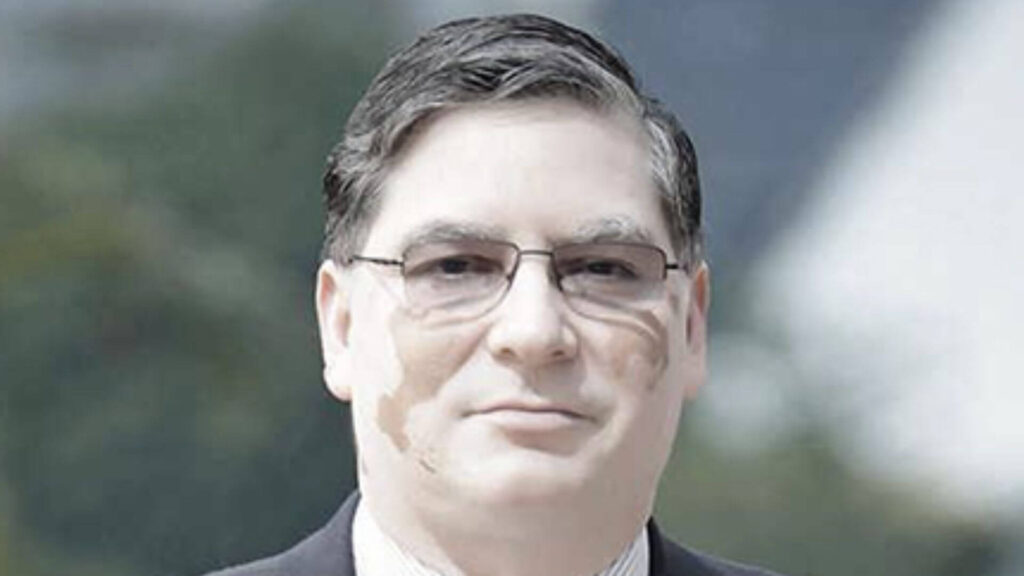
In the world of digital innovation and decentralized technology, India has emerged as a key player in promoting the growth of decentralized finance (DeFi) services. As of 2022, the DeFi market had already reached a significant size of $13.61 billion, according to the DeFi Technology Adoption Index. India has made remarkable strides in this sector, standing second globally in terms of decentralized exchange transaction (DEX) volume and fourth in the use of lending protocols and smart contracts. The nation is poised to become a major financial services hub.
In an exclusive interview with Republic Business, Dilip Chenoy, Chairman of Bharat Web3 Association, emphasized the pivotal role of India in shaping global consensus on the regulation of decentralized technology. He drew parallels between Bharat Web3’s mission and Nasscom’s contribution to the Information Technology sector, highlighting the intention to lead the nation’s financial decentralization movement.
Nearly two decades ago, the Government of India introduced the Banking Correspondent concept to address the country’s credit gap and promote financial inclusion. The last decade has witnessed technology-driven advancements in microfinance. With the advent of Web 3 technology, India has seen the emergence of 800-900 startups in the Web3 space, presenting opportunities to bridge the credit gap in the lending sector.
Traditional money lenders often charged high interest rates, posing a challenge for easy access to finance. DeFi, however, offers localized solutions and facilitates open access to services like savings, lending, borrowing, and the exchange of virtual digital assets (VDAs) without traditional intermediaries. This innovation promises to create more efficient and accessible financial markets, providing relief to those affected by high-interest loans.
Chenoy predicts that DeFi will transform the banking landscape, not only by bridging the credit gap but also by making payments faster, cheaper, and more efficient while streamlining Know Your Customer (KYC) processes for banks. However, the extent and pace of DeFi adoption will depend on various factors, including technological advancements, regulatory approaches, and addressing inherent risks and challenges.
Web3 represents the next stage of financial innovation, enabling new business models through accessibility, asset tokenization, and programmable smart contracts. Chenoy compared the transformative nature of Web3 to the earlier Web 1.0 and Web 2.0 eras, highlighting how users are shifting from passive consumption to active participation.
One example of Web3’s impact is a Bengaluru-based platform that compensates users for reading news, disrupting traditional content creation and distribution models by eliminating intermediaries and empowering content creators.
Discussing the regulatory landscape for Web3, Chenoy emphasized the need for a national-level framework, with a focus on centralised exchanges complying with regulations such as the Prevention of Money Laundering Act (PMLA) and cybersecurity regulations. He also noted the role of states like Telangana and Maharashtra in embracing user-centric services with new-age technology. On the global stage, he highlighted the International Monetary Fund (IMF)’s roadmap for cross-border regulatory mechanisms.
Chenoy recognized Bitcoin as the pioneer in introducing blockchain technology, with evolving regulatory developments in countries like Indonesia and Japan. Tokenization of real-world assets, valued at $15 trillion, holds vast potential in finance.
The Web3 ecosystem in India is evolving rapidly, with several developments in formal regulation. Web3 encompasses blockchain, smart contracts, virtual digital assets (tokens, NFTs), and DeFi, offering users unprecedented control over their data compared to the earlier Web1 era.
Despite its promising potential, Web3 presents significant challenges for regulators due to its decentralized and borderless nature. International regulatory frameworks, such as the IMF-FSB synthesis paper, are essential to manage this evolving landscape.
The pace of technological change in Web3 is rapid, presenting ongoing challenges for regulators worldwide. Balancing innovation and consumer protection is a priority, with examples like the EU MiCA framework serving as a model for Indian regulators.
In conclusion, Bharat Web3 is at the forefront of India’s journey toward financial decentralization, aligning itself with global trends in decentralized technology. As Web3 continues to evolve, India’s role in shaping its future remains vital, promising a brighter, more inclusive financial landscape for the nation.
Source: ‘Bharat Web3’, promote decentralised finance for user-centric services: Dilip Chenoy
Image Copyright: Dilip Chenoy Takes the Helm as The First Chairman of Bharat Web3 Association | AlexaBlockchain